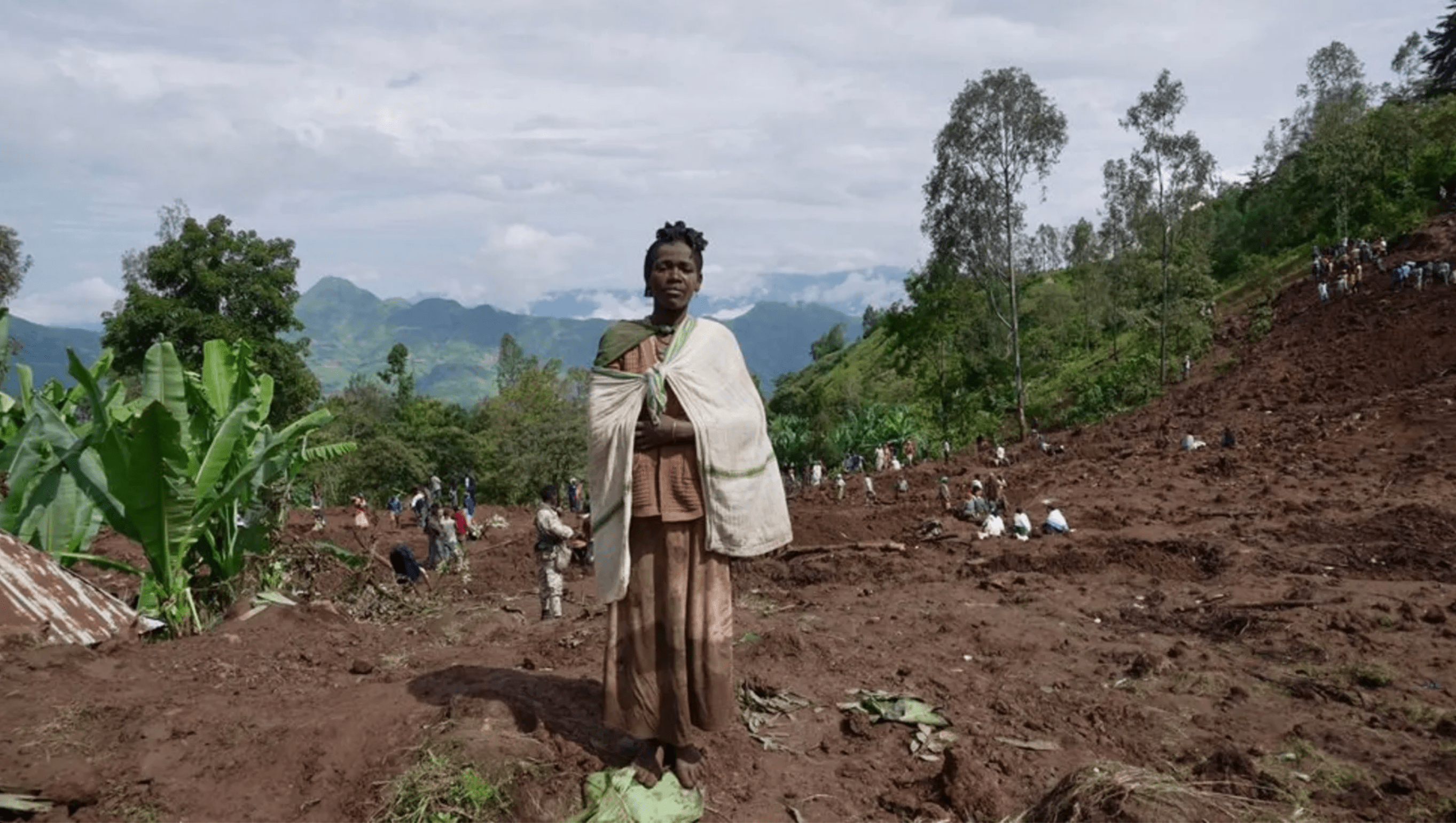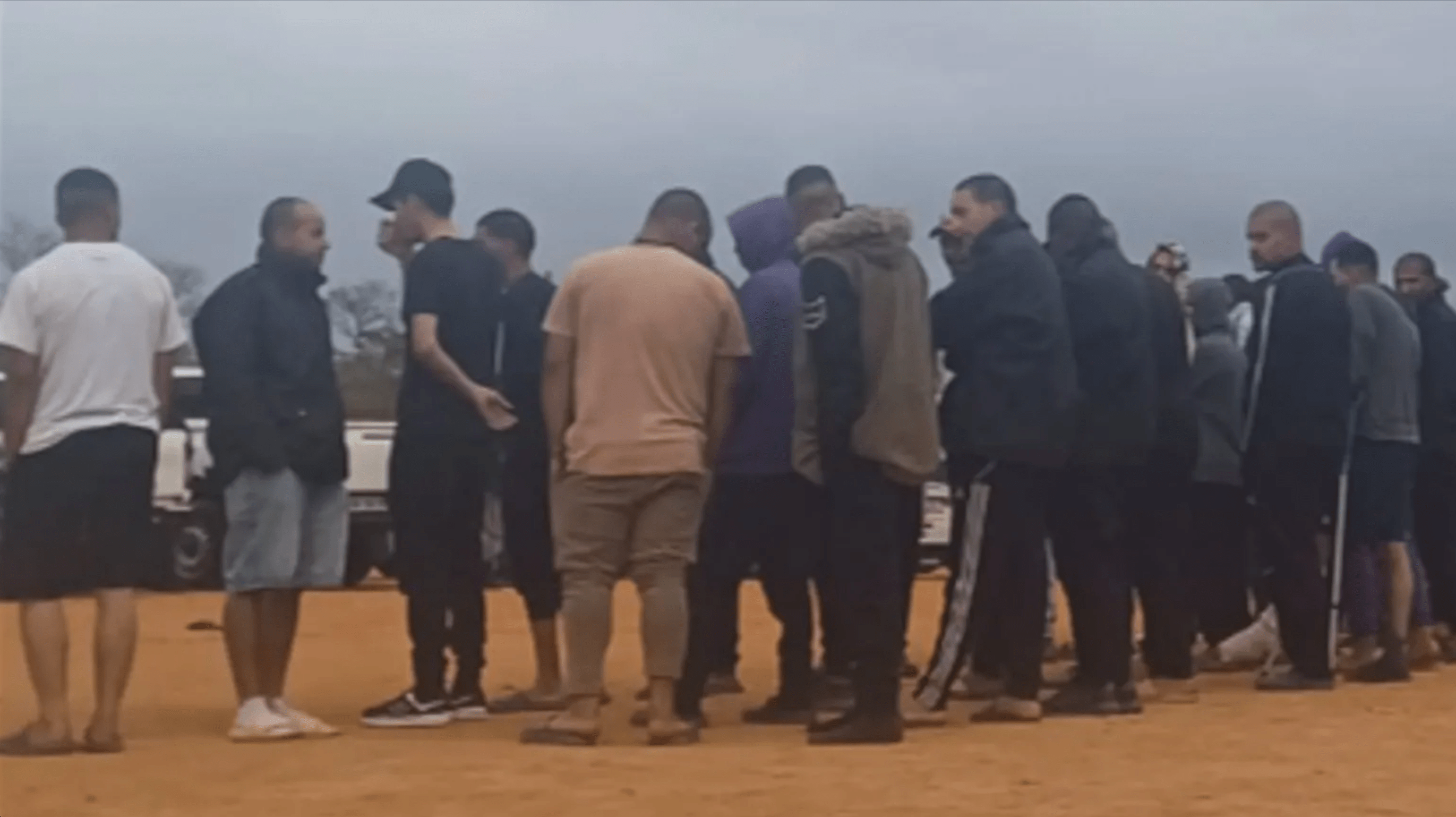BURDHUHUNLE – Ahmed Abdoulaye’s two brothers were killed in an argument over water at a well a few months ago and the 15-year-old Somali was terrified the same fate would befall him.
He knows how easy it is to get caught up in a fight in an anarchic country where gunmen roam freely and vital resources are dwindling, leaving millions short of food. That is what happened to his brothers – accidentally shot in a fight over who should fill their buckets with the last drops of water in a drought-stricken southern Somali village.Now, under the blazing mid-morning sun, Abdoulaye is digging a water catchment he hopes will hold some of the rainfall he prays will come next month to save his family from starvation.”I have seen people being injured and killed and now the situation is worse because we have nothing,” Abdoulaye said, wearing an oversized T-shirt, full of holes.”I am frightened of fighting but I have to go find pasture and water for my animals,” he said.Hundreds of people and tens of thousands of livestock have died from hunger and thirst across east Africa in the region’s worst drought in years, which the United Nations says threatens up to 11 million people.Aid workers say Somalia is particularly vulnerable.The Horn of Africa country of 10 million people is carved into fiefdoms run by rival warlords, and insecurity and an unstable government make food deliveries extremely difficult.The UN food agency, which aims to feed one million people in the south, has had two of its ships hijacked, its convoys stopped at militia roadblocks and distributions halted by exchanges of fire between warring factions.”It is fair to say the effects (of the drought) will be worse in Somalia,” said Said Warsame, information officer for the UN’s World Food Programme (WFP) in Somalia.”Where there are governments, law and order, everyone has access to the people who need aid.Even bringing people here to report is a nightmare.”The WFP says more than two million people face severe food shortages in Somalia, with two-thirds in the south.An interim administration is in place – the country’s 14th attempt to install a central government since the overthrow of dictator Mohamed Siad Barre in 1991 – but it has yet to bring law and order.Meanwhile, the people continue to suffer.Abdoulaye would have gone to school but his teachers left his southwestern village, Burdhuhunle, to seek relief elsewhere.Thousands have fled their homes, where wells have dried up, and roam the bleak landscape in search of water and pasture for their camels, goats and donkeys.Abdoulaye spends his days at a man-made dam or on long journeys with the family’s depleted stock of cattle.”When times were good I would eat three times a day.Sometimes when we’re lucky we eat twice a day,” he said, as herders bring their camels and skinny cows to drink from the small pool of water left by recent light rains.In the nearby fields, Halima Mohamed Mahrow hoes the arid soil that has seen little rainfall in more than a year.Her daughters follow behind throwing seed into the empty, rocky ground.”I’m hoping the rains will come, God knows if they will,” the 50-year-old said.”It has been extremely dry for so long.”Mahrow hopes the Gu rains between April and June will alleviate the worst harvest in a decade in the region, known as the ‘sorghum belt’.”Two years ago there was a big difference here,” the mother of 11 said.”At least there was water in the wells.There is no pasture now, no water.You can imagine how different it was.”Those who have lost all their cattle have ended up in camps, relying on food aid, usually a bag of maize or sorghum and cooking oil, as their sole means of survival.There is a high chance the rains will be insufficient, analysts say, warning that conflict over scarce water supplies will aggravate the hunger problem.If the rains do not come, more than 10 000 people could die each month in Somalia.Camel herder Mohammed dreads to think what will happen then.”We are still waiting for the rains,” said the 50-year old from the nearby town of Wajid, where a man had been executed a few days earlier for killing another in a fight at a well.”If they do not come, we will die,” he said.- Nampa-ReutersThat is what happened to his brothers – accidentally shot in a fight over who should fill their buckets with the last drops of water in a drought-stricken southern Somali village.Now, under the blazing mid-morning sun, Abdoulaye is digging a water catchment he hopes will hold some of the rainfall he prays will come next month to save his family from starvation.”I have seen people being injured and killed and now the situation is worse because we have nothing,” Abdoulaye said, wearing an oversized T-shirt, full of holes.”I am frightened of fighting but I have to go find pasture and water for my animals,” he said.Hundreds of people and tens of thousands of livestock have died from hunger and thirst across east Africa in the region’s worst drought in years, which the United Nations says threatens up to 11 million people.Aid workers say Somalia is particularly vulnerable.The Horn of Africa country of 10 million people is carved into fiefdoms run by rival warlords, and insecurity and an unstable government make food deliveries extremely difficult.The UN food agency, which aims to feed one million people in the south, has had two of its ships hijacked, its convoys stopped at militia roadblocks and distributions halted by exchanges of fire between warring factions.”It is fair to say the effects (of the drought) will be worse in Somalia,” said Said Warsame, information officer for the UN’s World Food Programme (WFP) in Somalia.”Where there are governments, law and order, everyone has access to the people who need aid.Even bringing people here to report is a nightmare.”The WFP says more than two million people face severe food shortages in Somalia, with two-thirds in the south.An interim administration is in place – the country’s 14th attempt to install a central government since the overthrow of dictator Mohamed Siad Barre in 1991 – but it has yet to bring law and order.Meanwhile, the people continue to suffer.Abdoulaye would have gone to school but his teachers left his southwestern village, Burdhuhunle, to seek relief elsewhere.Thousands have fled their homes, where wells have dried up, and roam the bleak landscape in search of water and pasture for their camels, goats and donkeys.Abdoulaye spends his days at a man-made dam or on long journeys with the family’s depleted stock of cattle.”When times were good I would eat three times a day.Sometimes when we’re lucky we eat twice a day,” he said, as herders bring their camels and skinny cows to drink from the small pool of water left by recent light rains.In the nearby fields, Halima Mohamed Mahrow hoes the arid soil that has seen little rainfall in more than a year.Her daughters follow behind throwing seed into the empty, rocky ground.”I’m hoping the rains will come, God knows if they will,” the 50-year-old said.”It has been extremely dry for so long.”Mahrow hopes the Gu rains between April and June will alleviate the worst harvest in a decade in the region, known as the ‘sorghum belt’.”Two years ago there was a big difference here,” the mother of 11 said.”At least there was water in the wells.There is no pasture now, no water.You can imagine how different it was.”Those who have lost all their cattle have ended up in camps, relying on food aid, usually a bag of maize or sorghum and cooking oil, as their sole means of survival.There is a high chance the rains will be insufficient, analysts say, warning that conflict over scarce water supplies will aggravate the hunger problem.If the rains do not come, more than 10 000 people could die each month in Somalia.Camel herder Mohammed dreads to think what will happen then.”We are still waiting for the rains,” said the 50-year old from the nearby town of Wajid, where a man had been executed a few days earlier for killing another in a fight at a well.”If they do not come, we will die,” he said.- Nampa-Reuters
Stay informed with The Namibian – your source for credible journalism. Get in-depth reporting and opinions for
only N$85 a month. Invest in journalism, invest in democracy –
Subscribe Now!






